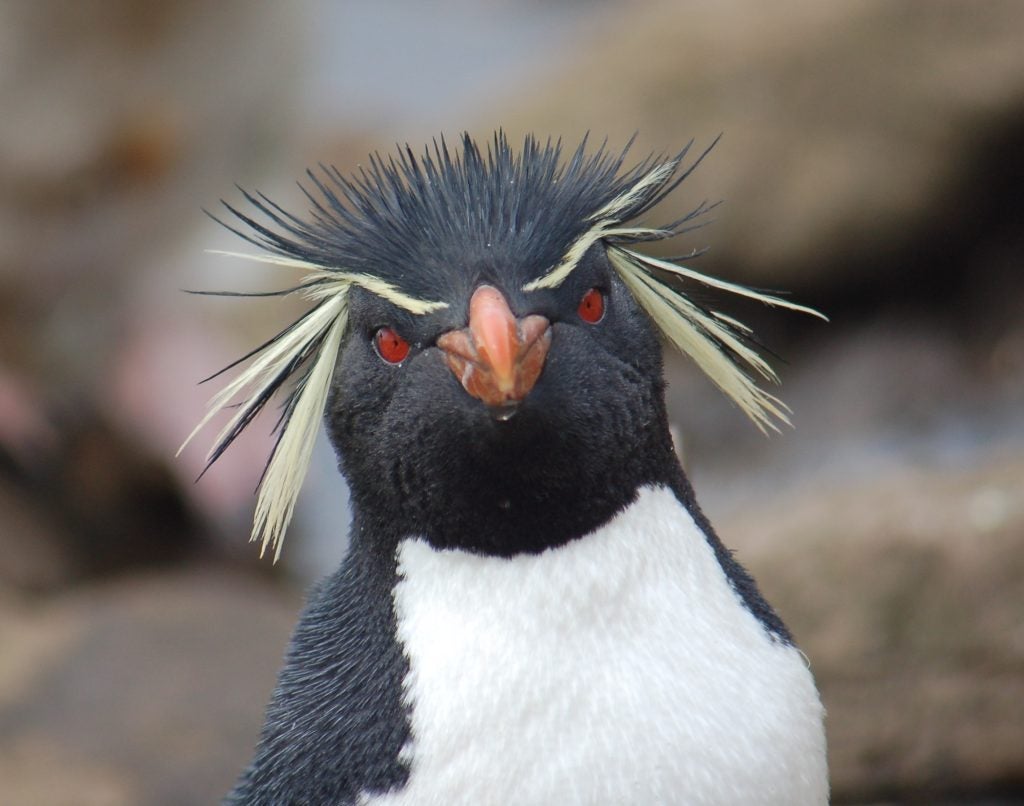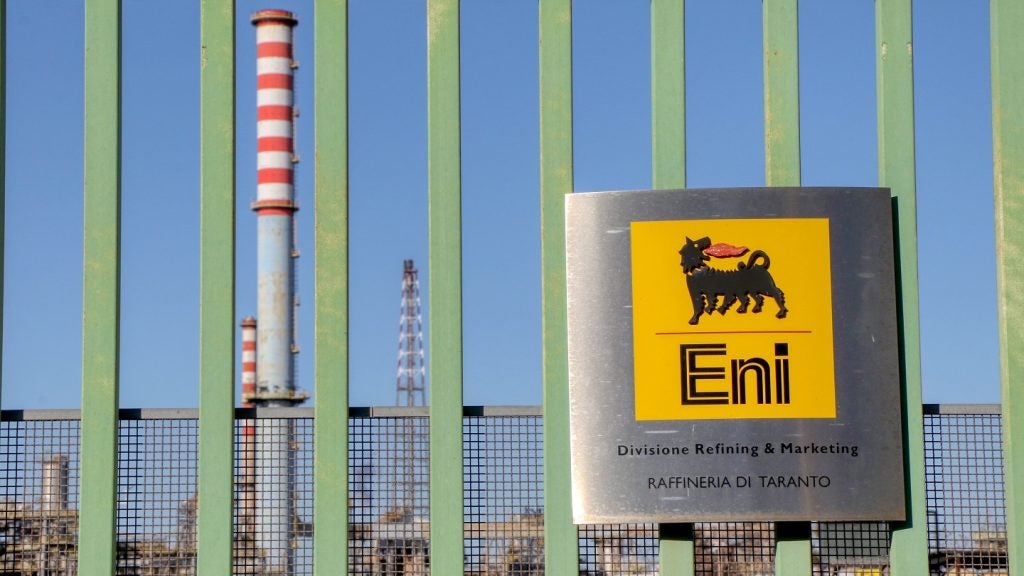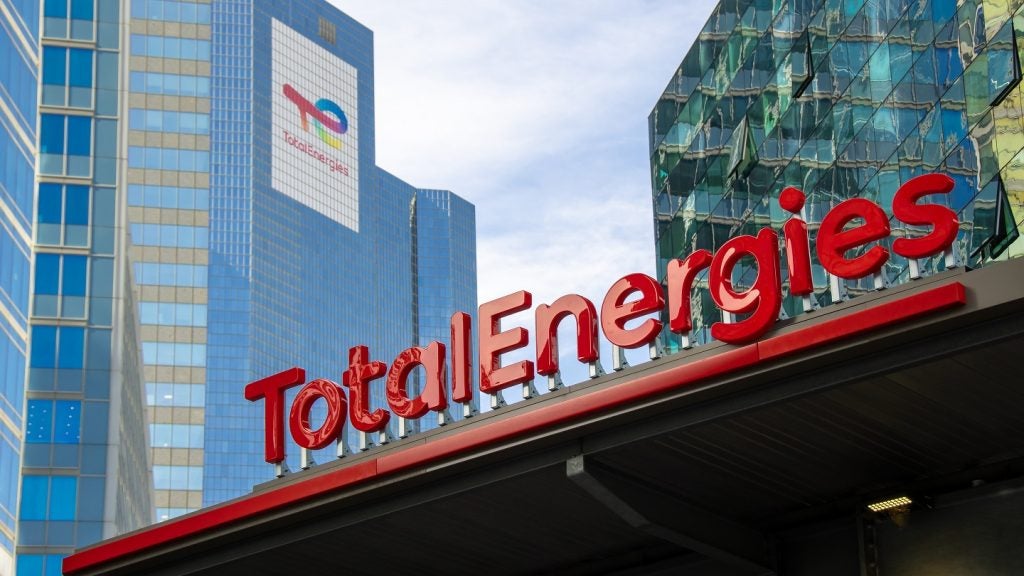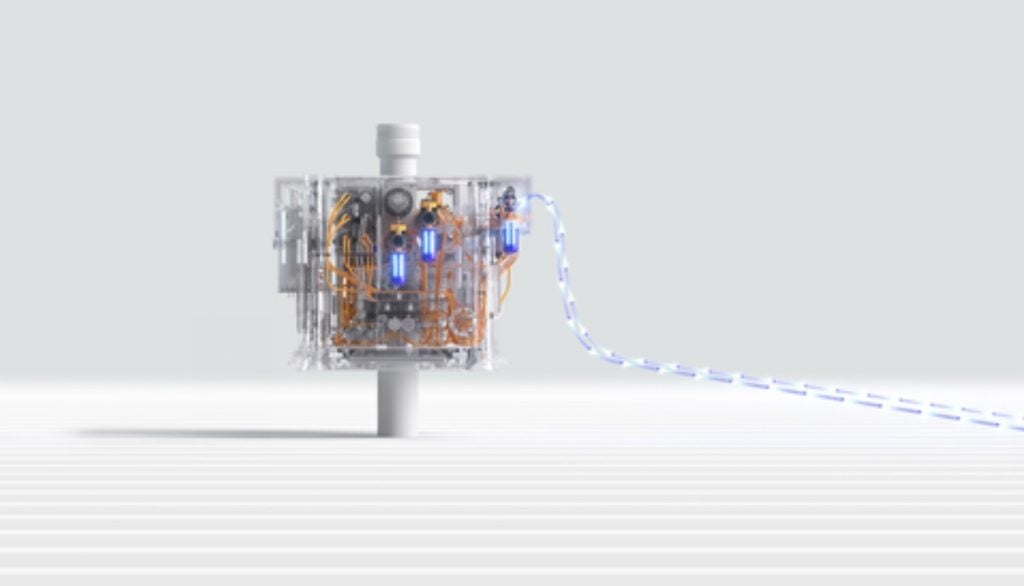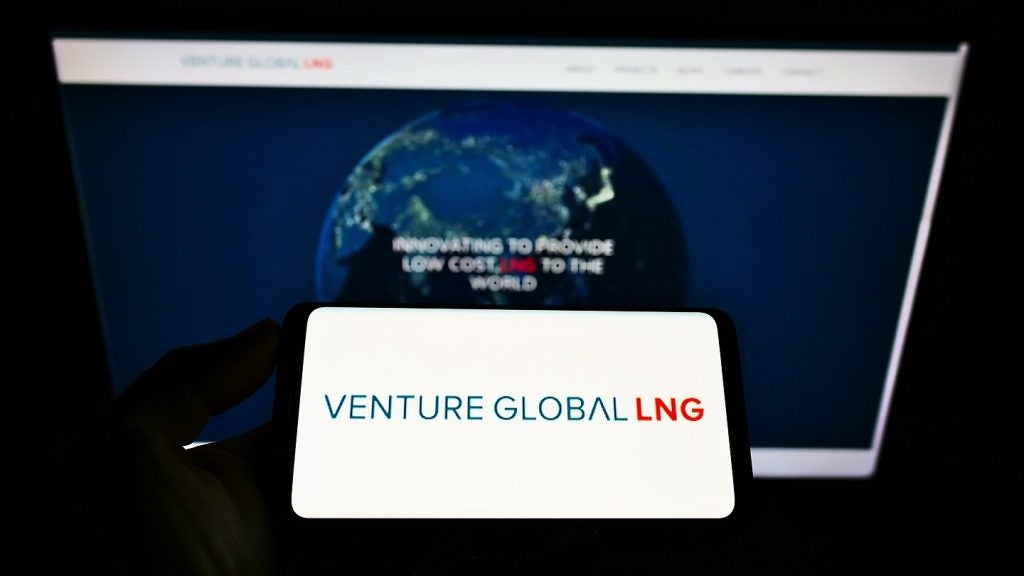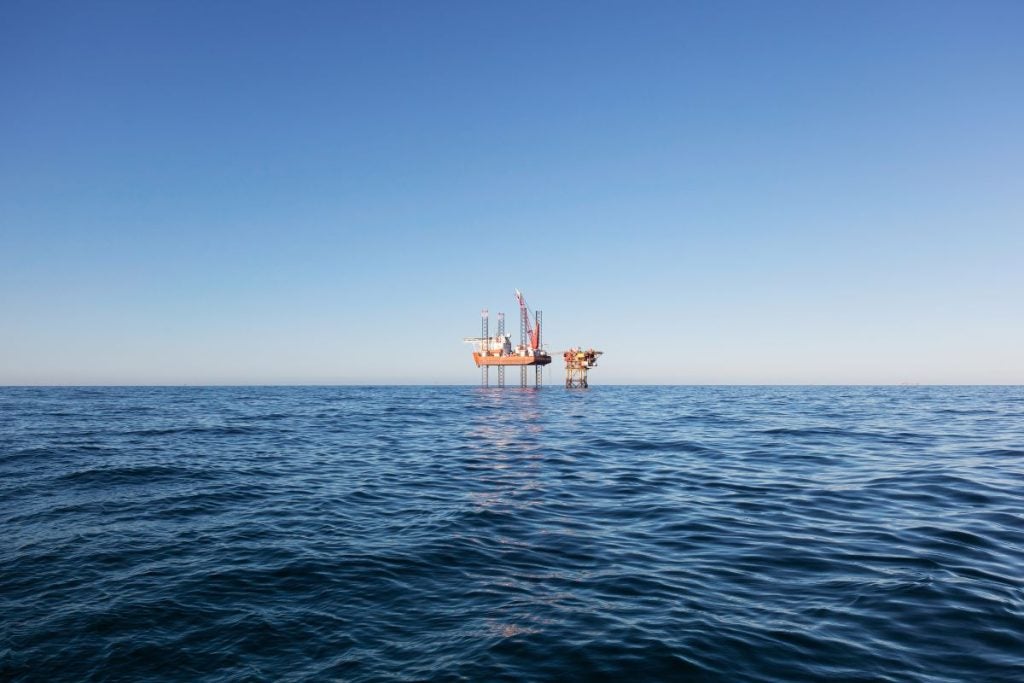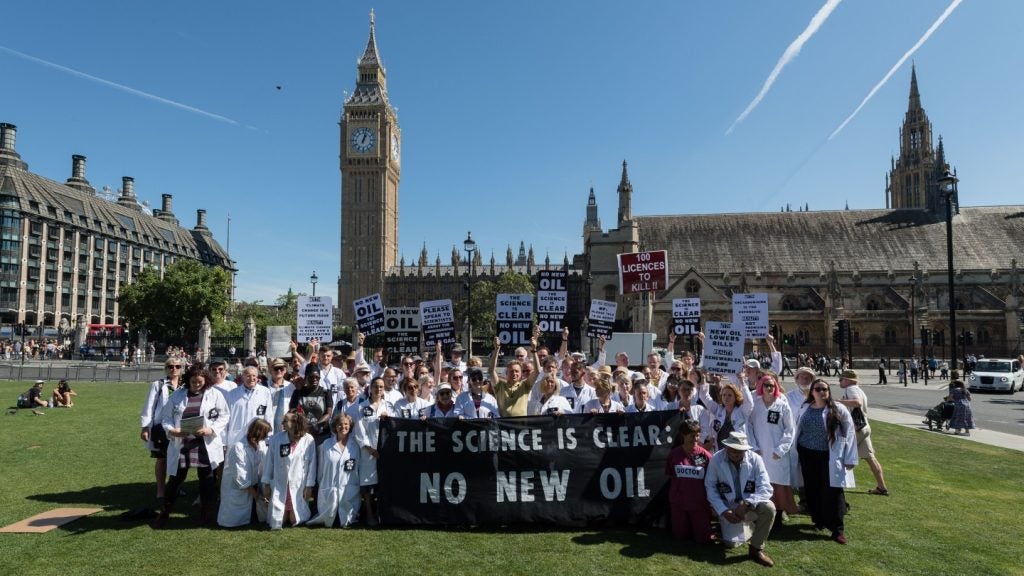The Government of the Falkland Islands has begun a public consultation on the environmental impact of the Sea Lion Field Northern Development Area, located 220km to the north of the small island group.
The talks, which have just started and will last until Monday 5 August, come after a recent sitting of the extraordinary Executive Council, the policy body for the islands.
According to local media outlets, the environmental impact statement (EIS) for the Sea Lion Field Northern Development Area, Phase 1 and 2, has already been submitted by Navitas Petroleum Development and Production.
According to its website, Navitas Petroleum “focuses on investing in projects on the verge of final investment decision, while reducing time and risk to first oil”.
Development of the oil resource involves drilling 23 wells and expected production of more than 300mbbl of oil over approximately 30 years.
Exraction will come via a floating production storage and offloading vessel (FPSO).
Navitas is planning several public engagement sessions across the islands during the consultation period.
Sea Lion is part of exploration licence PL032 in the North Falkland Basin and is 100% owned by Rockhopper Exploration, a UK-based oil and gas exploration and production company with key interests in the Falkland Islands.
The company has successfully completed the drilling of an exploration well at the field and is planning to drill an appraisal well.
The field is estimated to contain recoverable contingent resources of 242mbbl of oil, with the average recoverable resources standing at 291mbbl, according to figures from GlobalData, Offshore Technology’s parent company.
Sea Lion was discovered in 2010, and if all approvals are given, is expected to start commercial production in 2026, with the final development cost expected to be $2.5bn (NIS9.39bn).
The Falkland Islands is a British Overseas Territory, or a region that has a strong historical link with the UK while being formally part of the nation.


